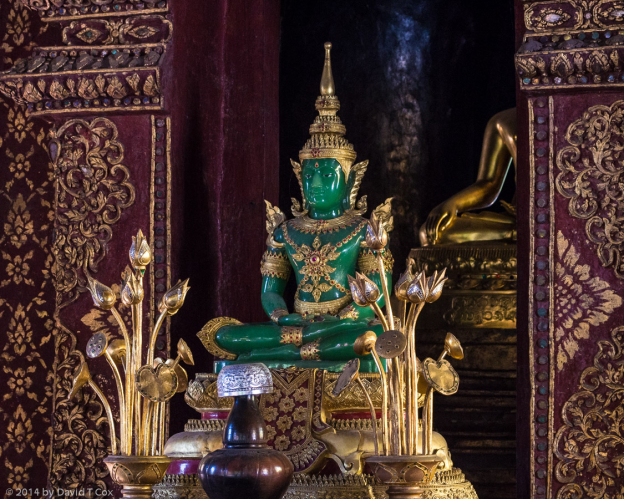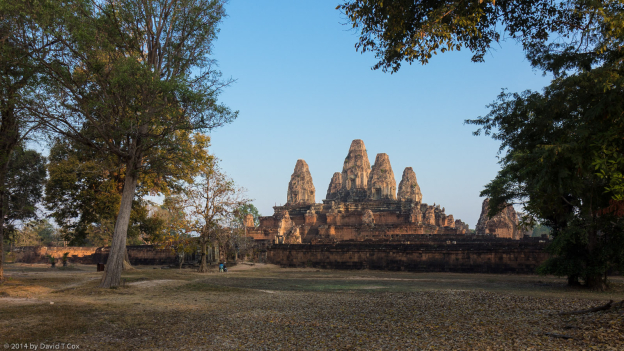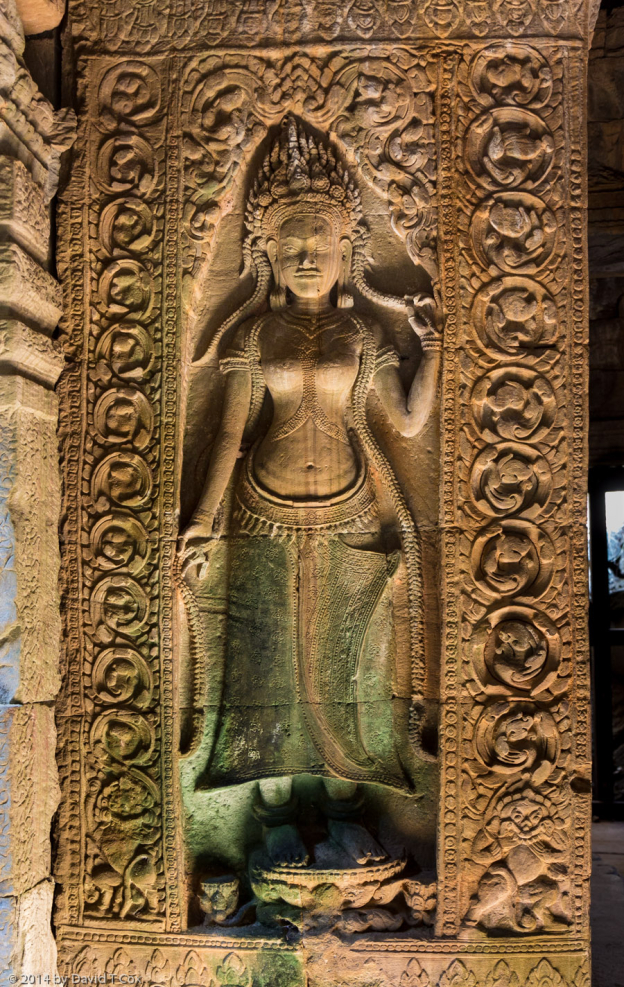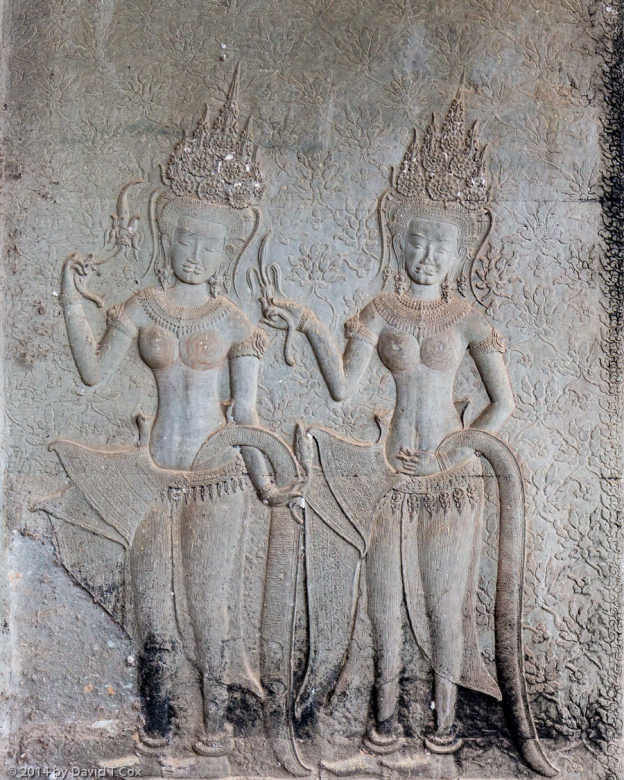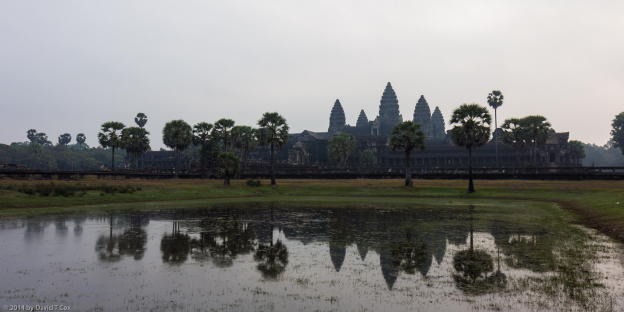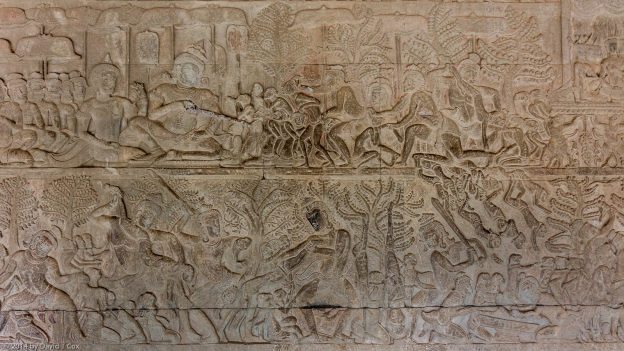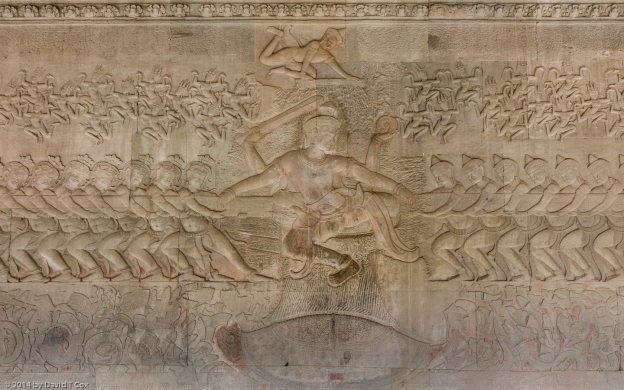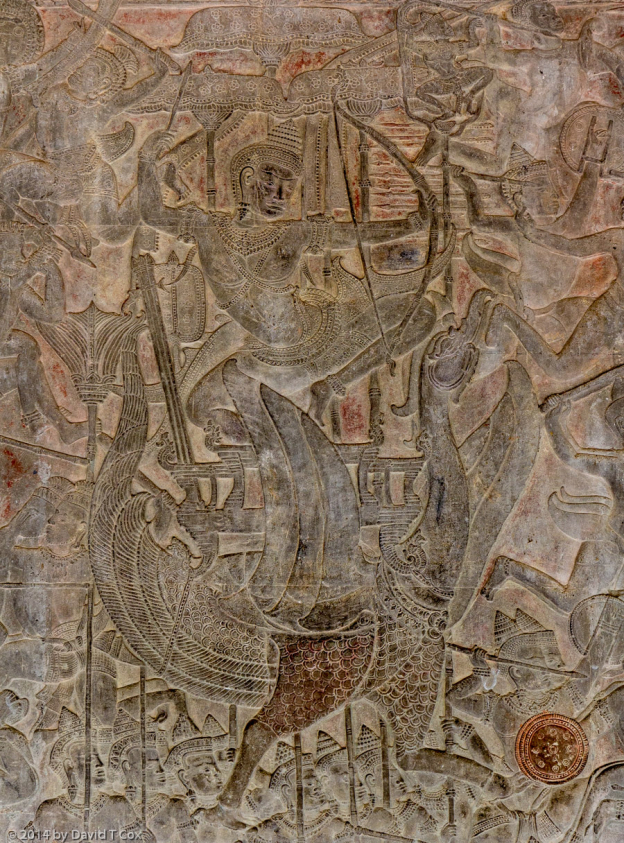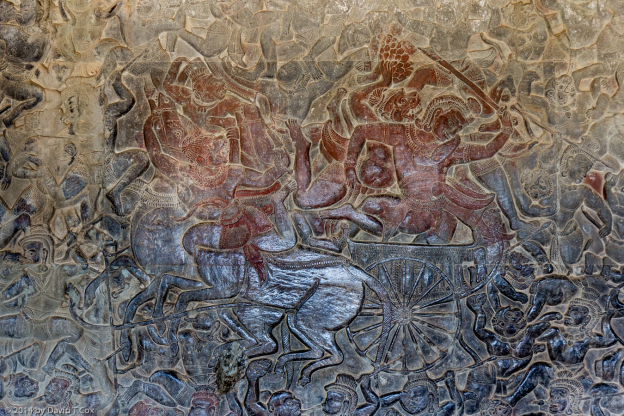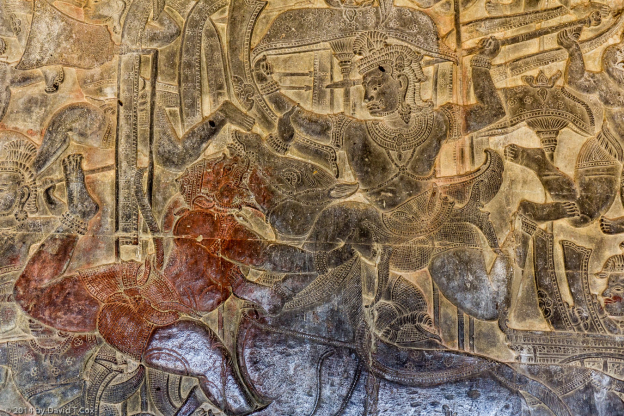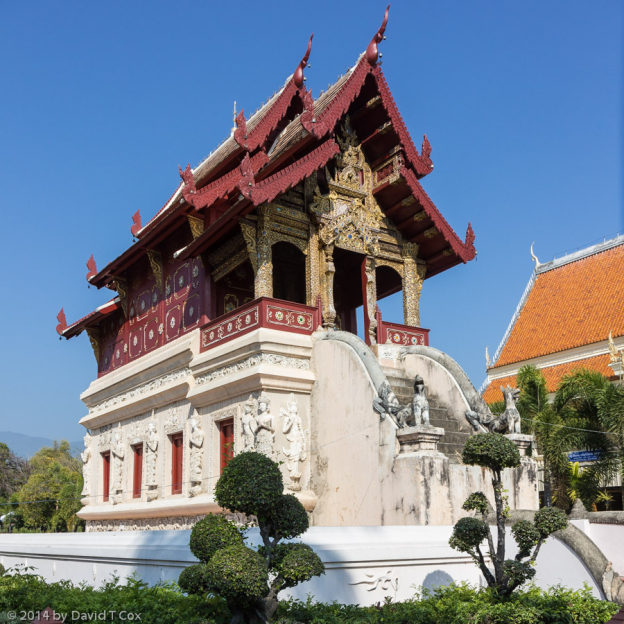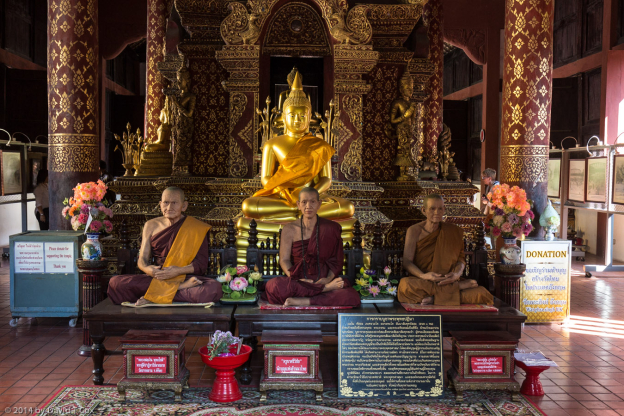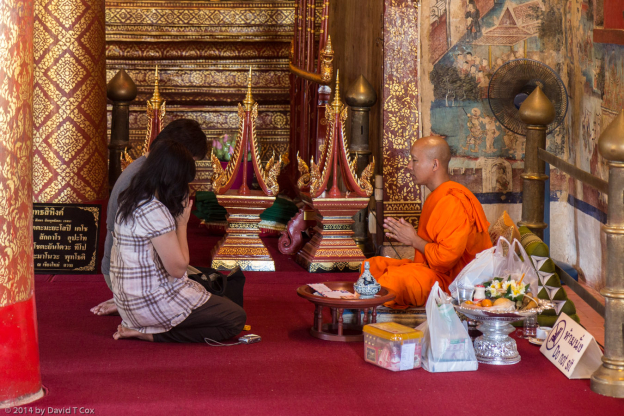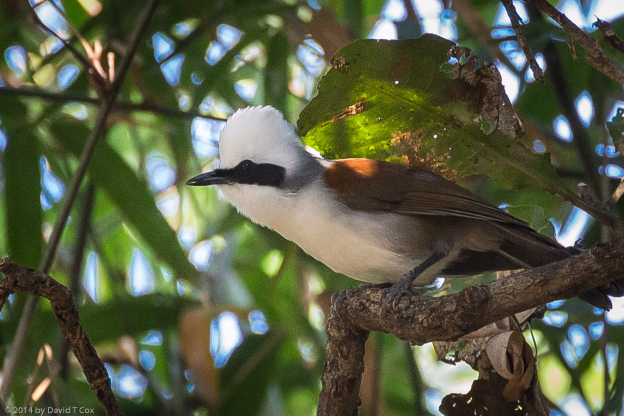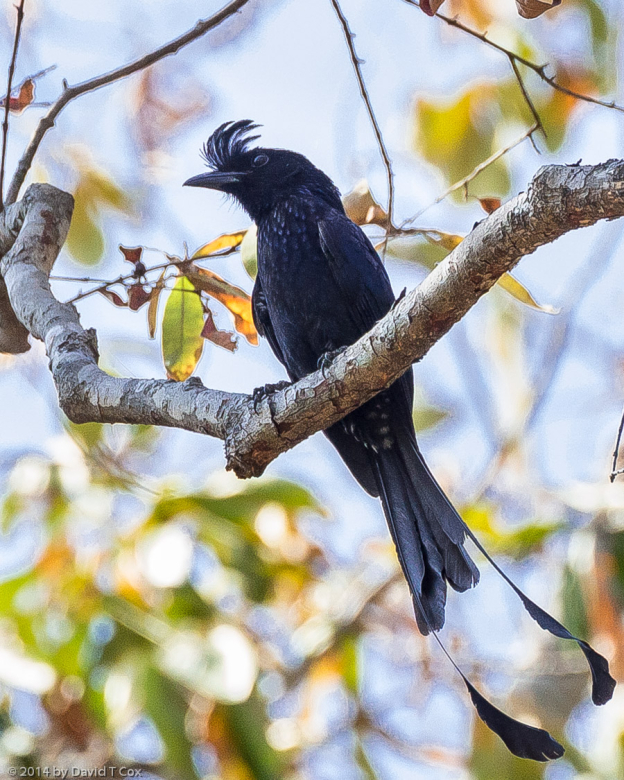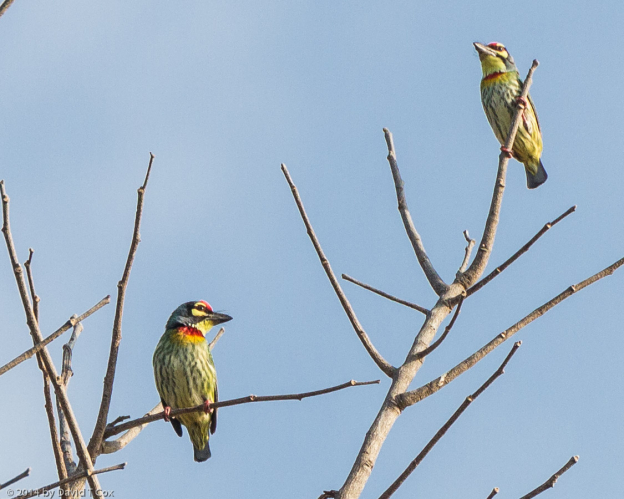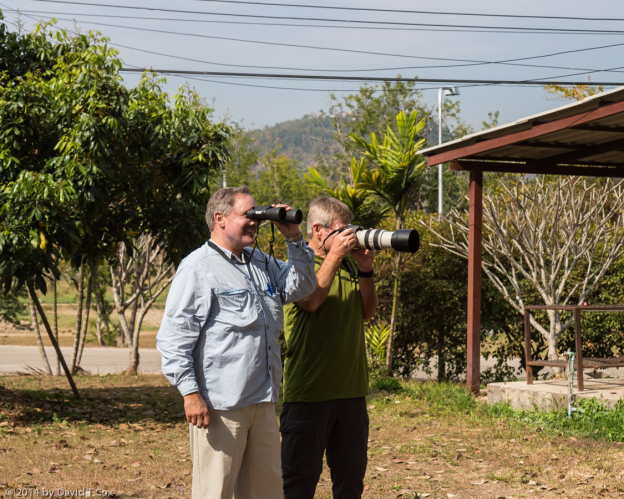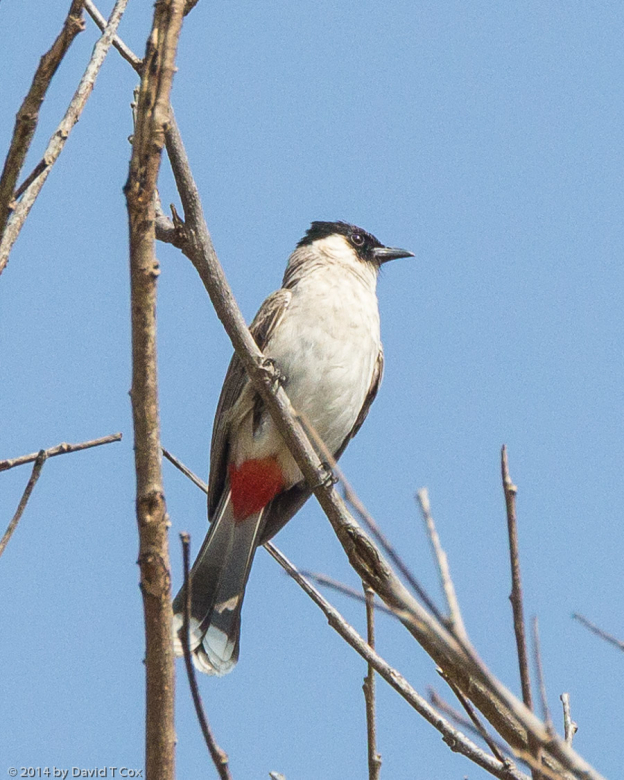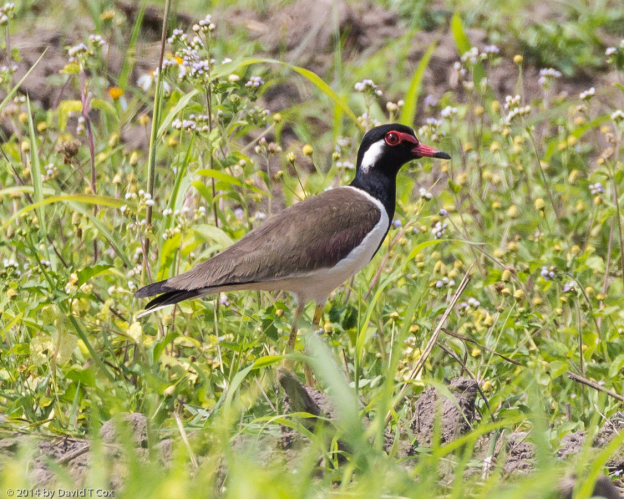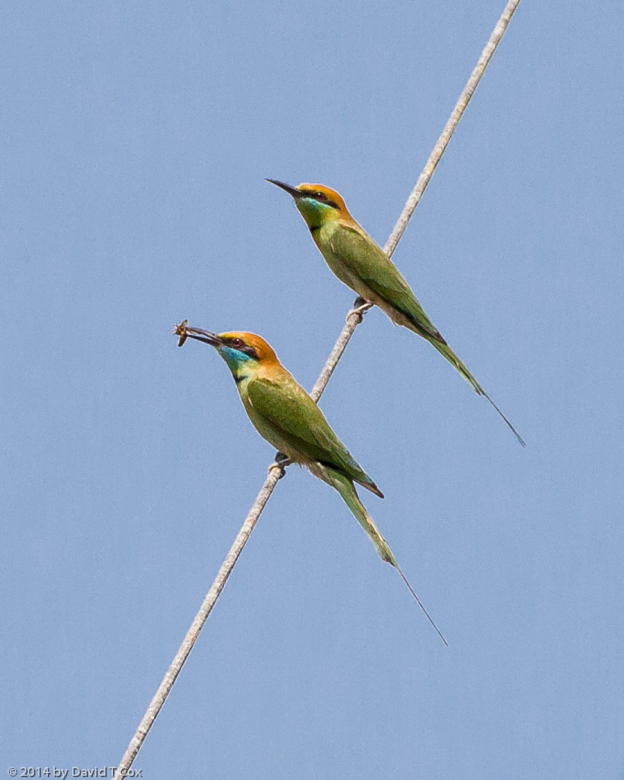All Photos Are Below the Travelogue Text
Click on Any Photo To Open Slide Show
To print the travelogue, right click anywhere on the page. Choose "Print" from your browser dialog box. You can choose Save to PDF in the browser print window.
Share your thoughts.
Email Dave - coxdavid55@hotmail.com
Hello all. I wrote a week and a half ago reporting on my initial visits to the great temples of Angkor. I spent another 3 full days visiting additional temples, and revisiting Ta Prohm and Angkor Wat. I will not further review the Angkor history, which I briefly discussed in the last report, but I have added a number of additional photos. My last day to visit I went back to Angkor Wat, the most famous of the temples (and almost the most recent), to focus on the bas reliefs. The temple proper has columned porches extending entirely around all sides. These run about 200 meters on a side, and the floors are raised about 5 feet above ground level. Running along the outside of the porches are large stone columns every few feet to support the roof. The wall inside the columns is smooth stone, constructed without mortar and with most joints invisible. From about 2 feet to 9 feet above the floor the stone walls are completely covered with bas reliefs of very fine detail. The reliefs each scroll about 80 meters, two per temple side, and are called “galleries”. So, in all, there are 8 galleries, with over 600 meters (6 football fields) total distance of scrolling bas reliefs. Each gallery displays a story from one of the ancient Hindu scriptures. Over half deal with famous mythic wars, and all concern the Hindu deities and demons.
The sheer scale of the galleries is astonishing, and almost defies belief that so much detail could be carved on such a massive scale. My two favorite galleries were the South Gallery – East Section, referred to as the “Heaven and Hell” Gallery, and the West Gallery – North Section, which displays the Battle of Lanka between Rama and Ravana from the Ramayana. The Heaven and Hell Gallery scrolls three separate levels; the bottom 2 feet (again 80 meters long) displays scenes depicting Hell, with the damned being tortured and eaten by wild animals; the center section displays the dead on earth moving toward the center of the Gallery where judgment on their souls is made, and they either ascend upward or are cruelly cast downward; the top level displays some sort of heavenly afterlife. The Battle of Lanka Gallery displays thousands of soldiers, demons, deities and various beasts of burden, along with carts and chariots, one army coming from the left end, and the other from the right, with the major conflict displayed near the center of the Gallery. I spent some hours slowly reviewing all 8 galleries, looking for certain key scenes mentioned in the guide books, and taking photos. The only downside commenced toward mid-morning, when the large tour hordes arrived, and one needed to fight through the narrow porch with large groups surrounding the major scenes as their guides droned on about the religious aspects. Most tour groups were Chinese.
I have included a number of Gallery scenes; the photos generally are close-ups of small sections of the bas reliefs, and I have digitally enhanced the contrast in order for the detail to be visible. The naked eye has little trouble making out all the fine detail, but the photos tend to go flat.
On February 13 I flew from Siem Reap, Cambodia to Bangkok, Thailand, followed immediately by a flight to Chiang Mai in the northern foothills. I originally was going to start in Bangkok, but I have been in contact with a school friend from my own ancient past, when we attended boarding school together in Kodaikanal, South India. David Bosch and his spouse, Leslie, have lived part time for a few years in Chiang Mai, but were planning on returning to their home in Oman before I was scheduled to travel to Thailand. Their travel was postponed for a week, and so I accelerated my travel to Chiang Mai in order to spend some time with David.
David and Leslie have taken me to dinner twice, and David and I have spent two days now birding (discussed below). Prior to the birding, I spent one day visiting the Old City of Chiang Mai. The city was founded at the end of the 13th century, and today the Old City still lies entirely within a square moat, which runs just over a mile on each side. A few portions of the old brick city walls have been restored at the northern corners. At the middle of each side was a gate into the old city (now, a number of streets cross the moat), the most famous being the Eastern Gate, now named the Tha Pae Gate. Within the Old City, regulations prohibit any structure over 4 stories; most of the streets are winding and very narrow. Around the Tha Pae Gate is the older, most touristy part of the Old Town. Within the walled city lie a number of old Wats, Buddhist temples. The most famous, oldest and most interesting is the Wat Phra Singh, where lie the ashes of the city’s founding King Kam Fu, and several Lanna architectural style 14th and 15th century wooden buildings. This is not an archaeological site or ruins, but a continuously functioning Buddhist Wat, with training of young Buddhist monks continuing. Most interesting to me was the old temple with a number of bronze and one jade statue of Buddha, as well as completely life-like reproductions of 7 revered past senior monks. When I say life-like, I mean I simply could not tell they were not living people, even upon close inspection, but for the fact they did not blink, breathe or move. They are seated, facing outward, below the Buddha images, and I do not know how they were made – even the soles of the feet show individual blemishes from walking barefoot. (I have read rumors of Tibetan monks in deep meditation able to slow their hearts and breathing so as to appear to no longer be living; I hope these were not examples, as I took some close-up pictures).
I am in staying in the Raming Lodge, outside the moat just a couple of blocks south of the Tha Pae Gate. It costs more than I usually pay, but once again I found myself in a town with most mid-range accommodation full. My room is pretty decent, with all amenities, and a good buffet breakfast (omelet station) included, as the hotel upgraded me to a junior suite for the price of a regular room. Interestingly, or unfortunately – would depend upon the observer’s mood, the street outside the hotel, for a block in each direction, does not contain the little local restaurants as first appearances suggested during the lunch hour; rather, probably a dozen establishments, all serving some food, mainly exist as “girly” bars, where one can come in the evening to shoot pool and drink beer with the accompaniment of provocatively dressed young “ladies.” Between the girly bars are a number of nice antique shops, and several old book stores – all rather a strange mix, and not really detracting from the neighborhood, as long as one realizes it is necessary to walk at least a block before trying any restaurant in the evening.
The day before yesterday, David and I went to Wat Umong, well west of the Old City, which Wat sits within a large forested park-like plot. We spent about 4 hours birding, and were rewarded with Grey-headed Canary Flycatchers, two species of wagtails, a babbling group of White-crested Laughingthrushes, and a Greater Racket-tailed Drongo. Yesterday David had arranged a day’s outing with Marie, an avid birder, who has lived her for some 9 years. She took us out to the Agriculture Research Property of the University of Chiang Mai, and the entrance to the Doi Suthep-Pui National Park, where I picked up 17 species new for me; these included 2 species each of barbets, bulbuls and shrikes as well as the Red-wattled Lapwing, the White-breasted Waterhen and the Drongo Cuckoo. Although we tried for decent photos, as I am finding so common in Southeast Asia, the birds do not cooperate, and will not allow approaches nearly as close as in most other parts of the world. This is due, apparently, to the fact most birds have been continuously hunted, for food, cage birds, temple birds, or other reasons, and do not sit for reasonably close photo opportunities. It was a tiring, but good day.
I am uncertain of my future plans here in Thailand. All professional bird guides in Chiang Mai are booked into the future, and I do not have access to easy transportation to get into some of the better Mountain Parks where the birding is supposed to be good. I will do some more research on those issues. I hope to travel eventually from Chiang Mai to Bangkok, assuming the political turmoil has not increased. I will try to take the train, which is supposed to be quite good on this route. Later. Dave
To print the travelogue, right click anywhere on the page. Choose "Print" from your browser dialog box. You can choose Save to PDF in the browser print window.
Share your thoughts.
Email Dave - coxdavid55@hotmail.com
